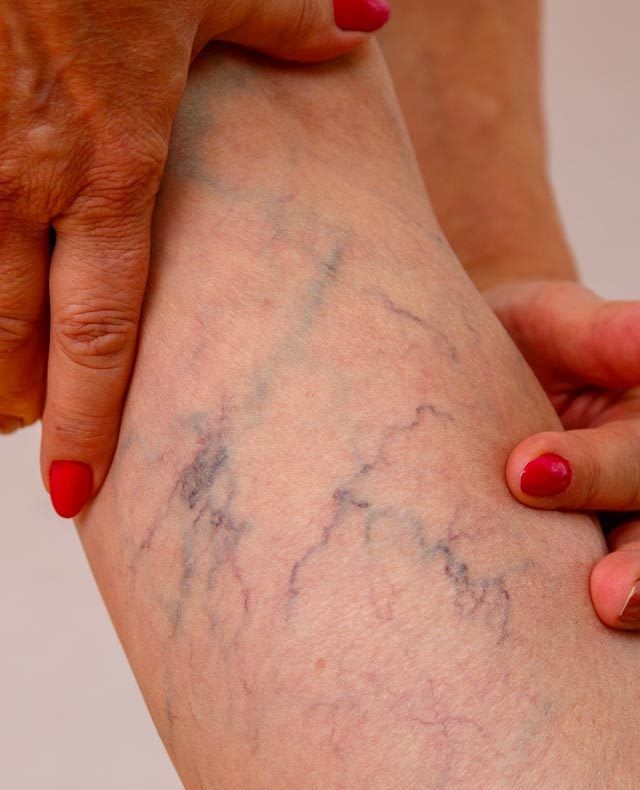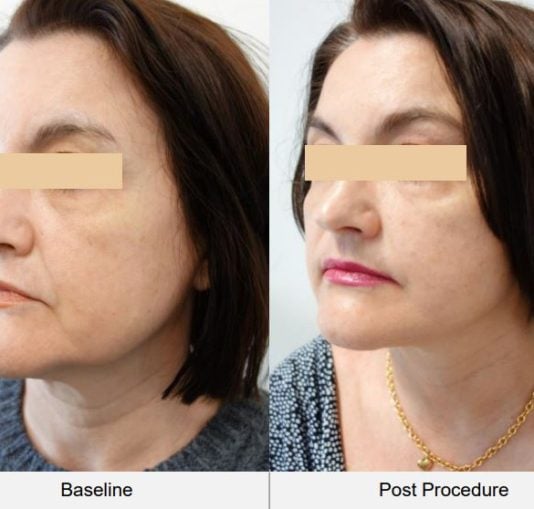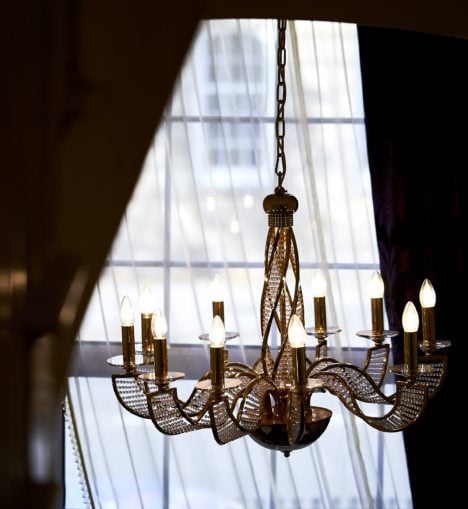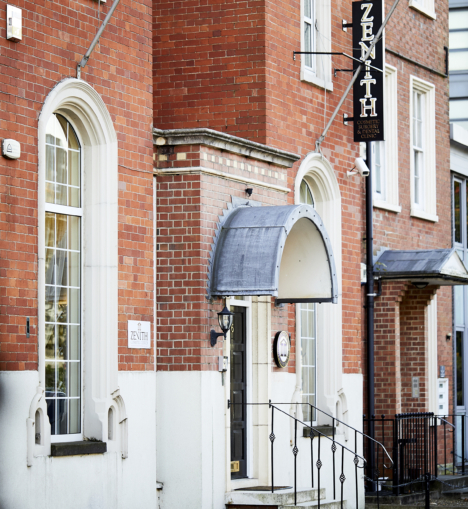Varicose Veins
Varicose veins are twisty, bulging veins on the legs caused by an increase in the normal venous pressure.

Varicose veins tend to get larger with time and are normally uncomfortable typically causing tired legs, itching, throbbing restlessness and aching.
They can bleed, especially in the elderly, after relatively minor trauma. The increased pressure often causes skin damage and in many patients actual ulceration of the skin occurs which takes months to heal without appropriate treatment.
Varicose Veins can also appear elsewhere in the body. In the scrotum, for example, they cause a “bag of worms’ ‘ swelling called a varicocele which can be painful and reduce fertility. In the female pelvis they are responsible for much undiagnosed pelvic pain, as well as obvious vulval and clitoral varices. Both these types of varices can be easily treated by an outpatient technique called embolisation.
Types of condition
There are three main reasons not to ignore varicose veins and to get the underlying problem which is causing the increased pressure treated:
Varicose veins are unattractive. Many people are seriously affected by the looks of their veins. They will not show their legs in public and indeed often even to their partner. This has an adverse effect on sport participation and enjoyment of holidays and other leisure activities. In some it can affect their careers and we have seen many actors and models (both sexes!) who “needed” their legs to look better. Most patients are delighted with the appearance of their legs after our treatments.
Varicose veins hurt. As mentioned above it isn’t actually the varicose veins that normally cause the symptoms but the increased pressure. Nevertheless most patients with varicose veins suffer from various symptoms which can also affect lifestyle. Common symptoms are tired legs, itchiness, throbbing, restless legs, and aching. These symptoms usually resolve very quickly after EVLA and RFA.
Varicose veins can lead to serious skin damage and ulcers. Although most patients with varicose veins don’t get ulceration, most leg ulcers are associated with varicose veins and caused by the same problem that causes varicose veins. Treating the varicose veins properly removes this cause and dramatically reduces the risk of leg ulcers.
Treatments
The main difference in technique between our minimally invasive treatments and surgery is that in the latter the main superficial vein (great saphenous) is stripped out and removed altogether whereas in our methods the vein is totally destroyed ‘in-situ’ (where it lies). The outcome is the same but the destruction of a vein can be achieved very much more easily than its removal.
Minimally Invasive Techniques
There are two main techniques (RF ablation (VNUS Closure®) and Laser Ablation (EVLA or EVLT)) both of which have been extensively studied and been shown to be both safe and effective and to produce very encouraging results, even for difficult recurrent varicose veins.
Why choose Zenith Cosmetic Clinic for Varicose Veins Treatment?
Here at Zenith Cosmetic Clinics we can make the best possible assessment and refer you to the best dental or surgical expert to help with your condition if the normal approaches are not the best option for you. We use a technique developed by scientists, after one of the biggest research studies done on the subject, and have used this for many years without complications! As the technique is extremely difficult to do correctly with symmetry, we ensure only our Doctors and Registered Nurses perform this treatment.
FAQ’s
What are the side effects?
Very few complications have been described. Potential problems include deep vein thrombosis, deep vein trauma, skin burns, nerve injuries and laser eye injuries. In practice these are all very rare, or have never yet been reported.
A problem common to all interventional radiological procedures is that occasionally it proves impossible to get access to the vein and the procedure needs to be cancelled and rescheduled. This is a nuisance but no lasting damage will have been done. As this is very unlikely in our hands (no such need in the last 500 cases) you would not be charged for the repeat procedure.
Do I need to see my GP to diagnose Varicose Veins?
Most patients don’t need to see the doctor to diagnose Varicose Veins as they are able to self-diagnose instead.
How can I prevent Varicose Veins?
There are no ways to prevent Varicose Veins. This is a genetic problem that you inherit from your mother or grandmother. The best thing to do is seek advice and treatment as soon as you can.

Patient Testimonials
What our patients have to say...
The goings on at Zenith
Zenith Journal

The Zenith Journal
How HiFu Lifts the SMAS Layer Without Surgery: The Science Behind the Magic
Read the story

The Zenith Journal
Is Loose Skin After Weight Loss Normal? How Skin Tightening Can Help
Read the story
View all journal posts






